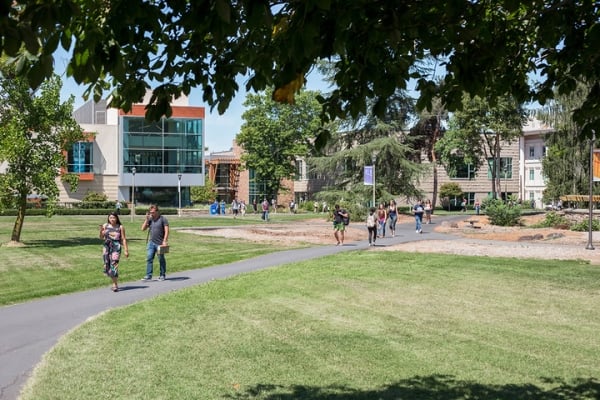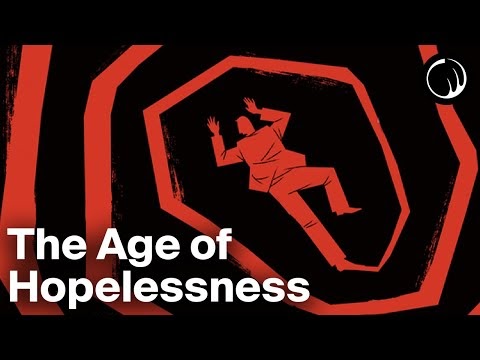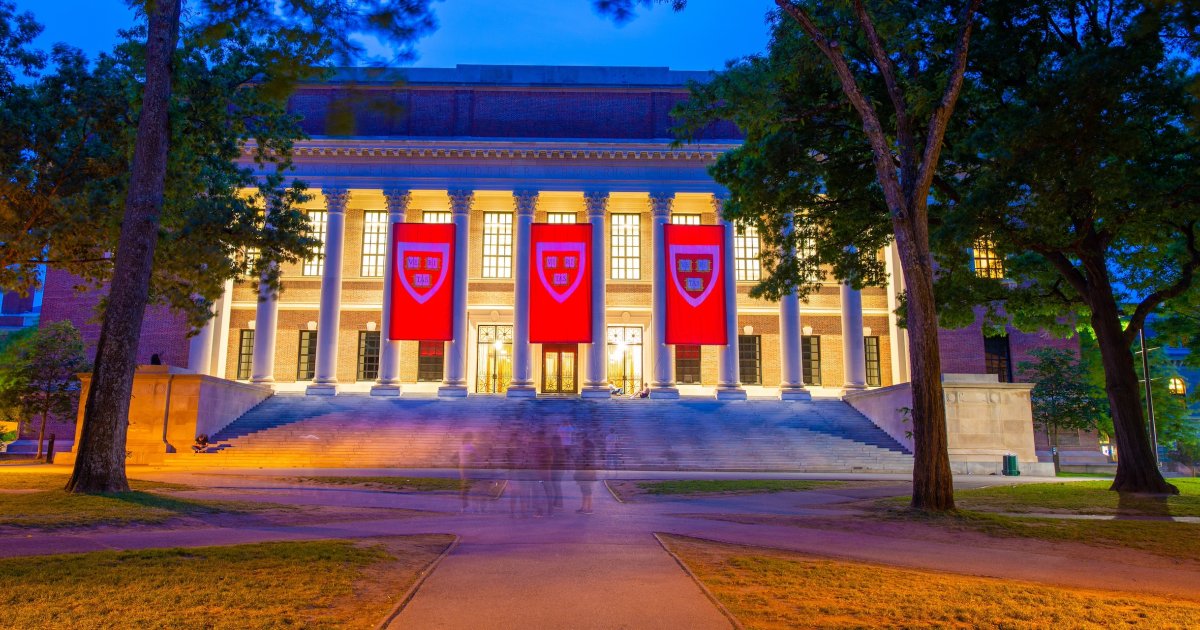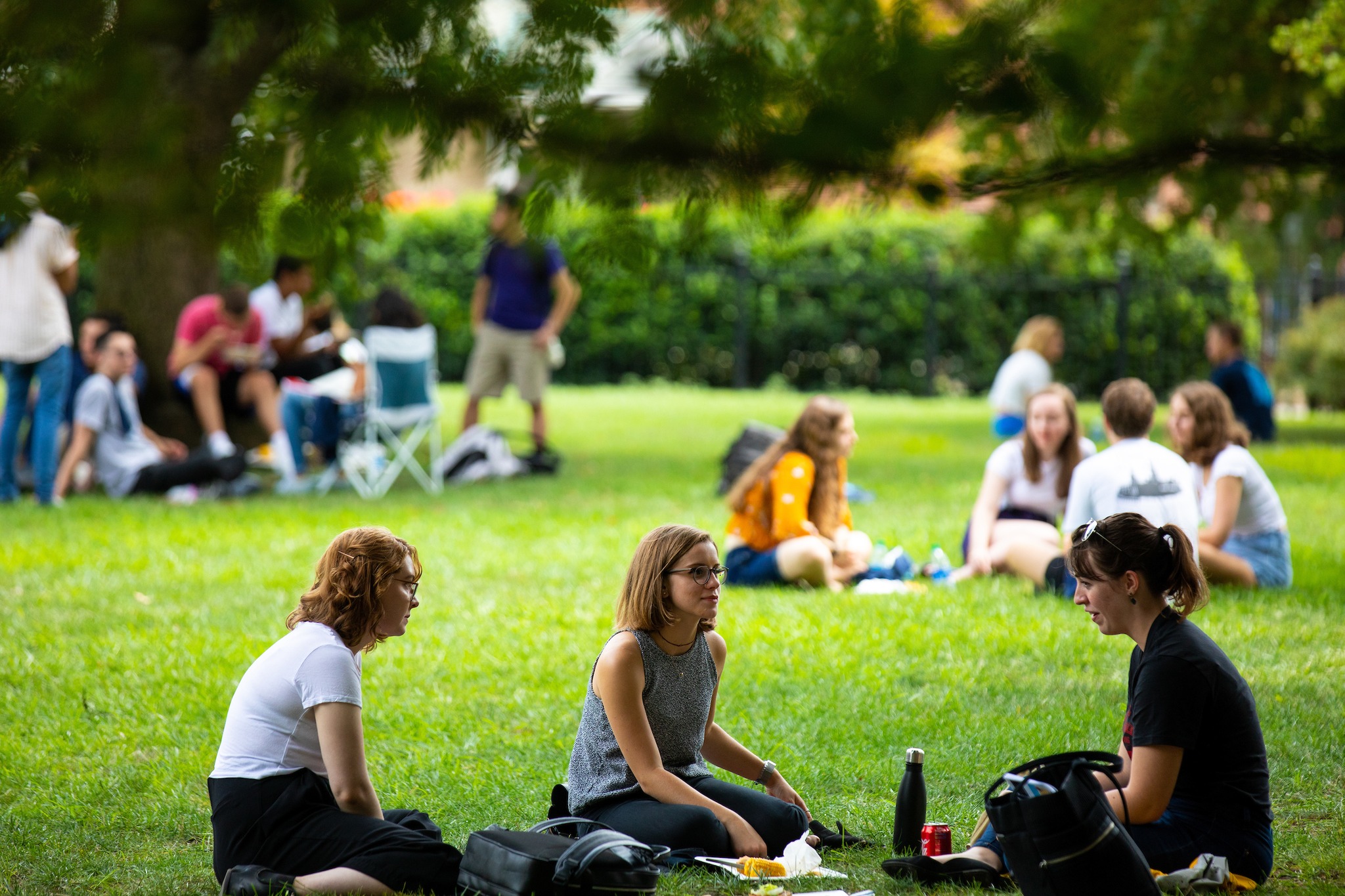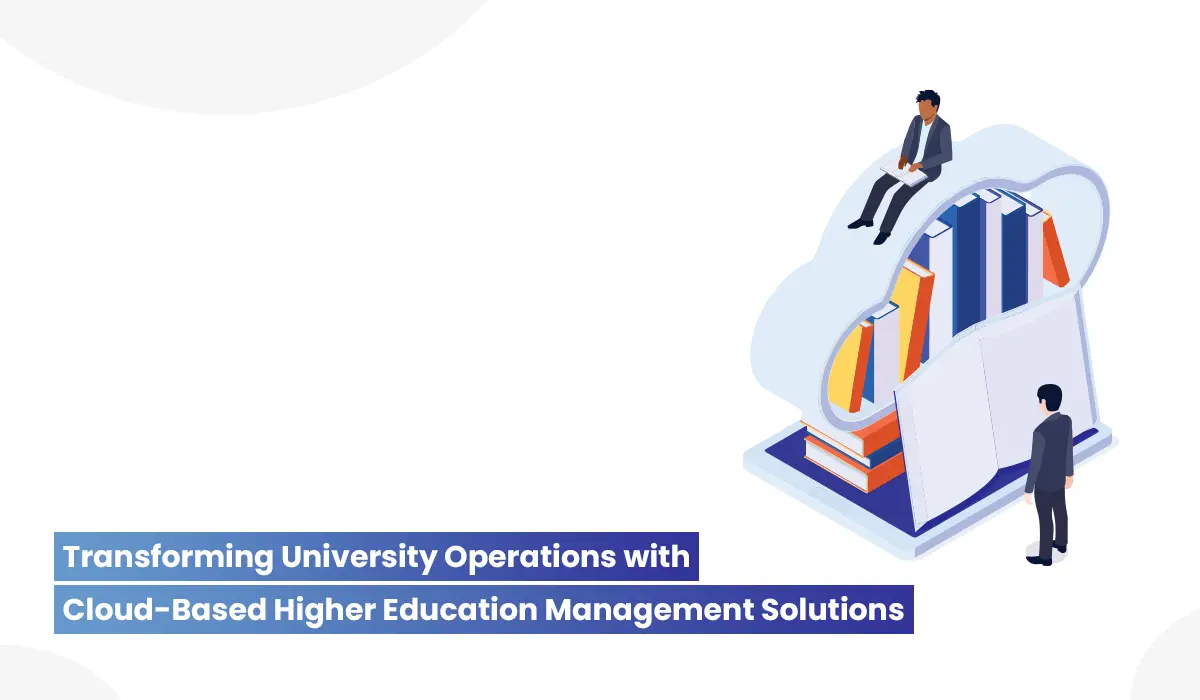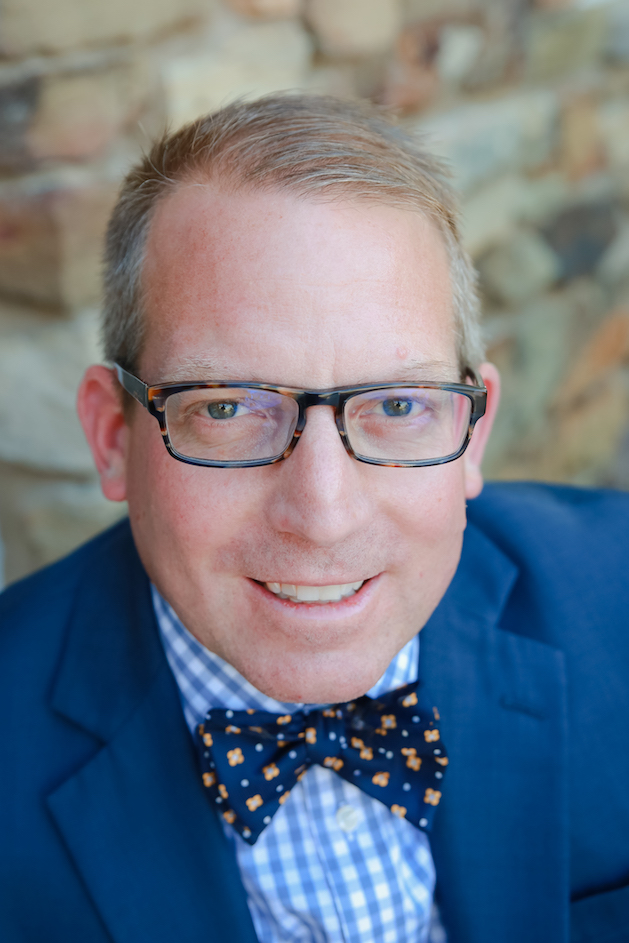Just one day after President Trump took office, Harvard agreed to settle two lawsuits brought against it by Jewish students that alleged the university ignored “severe and pervasive anti-Semitism on campus” and created “an unbearable educational environment” in the wake of the October 7, 2023, Hamas attack on Israel and the ongoing war in Gaza.
While the settlement language itself does not appear to be public, a press release filed on the official docket of The Louis D. Brandeis Center for Human Rights Under Law v. President and Fellows of Harvard College included some details. Most notably, Harvard agreed to adopt the International Holocaust Remembrance Alliance’s (IHRA’s) definition of anti-Semitism. FIRE’s worry, shared by many others — including the definition’s primary author — is that, when added to policies used to punish discriminatory harassment on American campuses, the definition is too likely to be used to punish speech that is critical of Israel or its government but that is not motivated in animus against Jews or Israelis.
FIRE has repeatedly proposed steps to address anti-Semitic discrimination on campus that would safeguard students from harassment while protecting freedom of speech, most recently in our inauguration-day letter to President Trump. Getting this right is important; any proposal that chills or censors protected speech on campus won’t pass constitutional muster at public universities, won’t square with free speech promises at private universities (like Harvard), and won’t effectively address anti-Semitism.
Nevertheless, attempts to codify the IHRA definition of anti-Semitism into laws or regulations are nothing new. FIRE posted a roundup of the widespread civil libertarian opposition to its codification last year, when Congress considered adopting it as federal law. Among those opponents is the definition’s primary author, Kenneth Stern, who spoke at length with FIRE’s Nico Perrino on our So to Speak podcast about why it’s not the right tool for the job of regulating speech. As Stern wrote back in 2016 for The New York Times: “The definition was intended for data collectors writing reports about anti-Semitism in Europe. It was never supposed to curtail speech on campus … And Jewish students are protected under the law as it now stands.” (Perhaps “as it is now written” would have been more precise; whether colleges follow the law is a different issue.) As Stern predicted in that piece:
If this bill becomes law it is easy to imagine calls for university administrators to stop pro-Palestinian speech. Even if lawsuits alleging Title VI violations fail, students and faculty members will be scared into silence, and administrators will err on the side of suppressing or censuring speech.
Stern’s prediction is about to receive ground testing at Harvard, and likely at other universities that may follow its lead.
Anti-Semitism Awareness Act continues to threaten free speech on campus
News
However well-intentioned the Anti-Semitism Awareness Act may be, it remains deeply flawed and a threat to the First Amendment.
Read More
At public universities, which are bound by the First Amendment, it’s possible that the test will not last that long. In a case over the definition’s adoption by Texas public institutions by gubernatorial executive order, a federal judge ruled last October that Students for Justice in Palestine was likely to succeed in its claim that policies using the IHRA definition “impose impermissible viewpoint discrimination that chills speech in violation of the First Amendment.” The policies are still in place until the trial, which is scheduled for January of 2026.
But even if use of the IHRA definition is struck down at public universities, that would not prevent its use at Harvard or hundreds of other private institutions. FIRE’s opposition to the use of the IHRA definition for the purpose of regulating speech is not because we do not believe anti-Semitic harassment is not happening. Obviously, it is. Nor is it because we believe anti-Semitic harassment is not worth attention or not prohibited by civil rights law. Again, it is. Our concern is with the IHRA definition itself and the way campuses across the country are likely to misapply it to further chill speech — and use it as an entering wedge to do the same with speech on every other topic under the sun. If the underlying issue were bigotry against any other group, our concerns would be the same. (And if you are aware of such efforts, please bring them to our attention.)
The IHRA definition and anti-discrimination law
At the outset, the adoption of the IHRA definition to define anti-Semitism is itself novel in that laws and rules in the United States generally do not define what acts specifically are racist, sexist, religiously bigoted, or anti-Semitic. They are written from the perspective of prohibiting discrimination against a class of people protected by that law. In the case of Title VI of the Civil Rights Act of 1964, for example, that includes race, color, and national origin. But the law does not go on to say “and here is what is racist” followed by a list of examples or a definition. That is left to judges and fact-finders to determine, taking into account the facts and context of a given case.
Detailed definitions and examples are much less novel on college campuses, though they have long been problematic. Back in 2007, FIRE took issue with the University of Delaware for a mandatory freshman orientation that (among a massive number of its problems) defined “a racist” as “all white people (i.e., people of European descent) living in the United States, regardless of class, gender, religion, culture, or sexuality.” Sexual harassment is often (too broadly) defined simply as “unwelcome conduct of a sexual nature,” which is unhelpful and overbroad, and then further runs aground on examples like Cal State-Channel Islands’ (our July 2019 Speech Code of the Month) “derogatory posters, cartoons, drawings, symbols, or gestures.”
The IHRA definition combines a couple of these problems. Its website explains:
On 26 May 2016, the Plenary in Bucharest decided to:
Adopt the following non-legally binding working definition of antisemitism:
“Antisemitism is a certain perception of Jews, which may be expressed as hatred toward Jews. Rhetorical and physical manifestations of antisemitism are directed toward Jewish or non-Jewish individuals and/or their property, toward Jewish community institutions and religious facilities.”
Let’s look at this with an eye towards enforcement. Did a person accused of discriminatory harassment do so based on having “a certain perception of Jews?” What perception is that? Hatred? Not exactly, as it “may be expressed as hatred towards Jews.” But if it “may be expressed as hatred towards Jews,” it may also not be expressed as hatred towards Jews. That leaves open the possibility that anti-Semitism can be expressed by anything. The definition then moves on to say that it can be directed toward “Jewish or non-Jewish individuals and/or their property.” The group of “Jewish and non-Jewish individuals” includes literally everyone. It is more specific about community institutions and religious facilities, excluding those that are not Jewish.
The IHRA definition’s flexibility and reach introduce serious problems when the definition is being used as a speech code that can result in the discipline of individuals or the silencing of their speech.
Most of the definitional work, then, is left to be done by analogy to the examples, which IHRA makes clear, saying, “To guide IHRA in its work, the following examples may serve as illustrations.” Some of those examples include hard-to-argue-with propositions like “Calling for, aiding, or justifying the killing or harming of Jews in the name of a radical ideology or an extremist view of religion,” or “Accusing Jews as a people of being responsible for real or imagined wrongdoing committed by a single Jewish person or group, or even for acts committed by non-Jews.” But other examples have a much greater potential overlap with political critiques, such as “Drawing comparisons of contemporary Israeli policy to that of the Nazis,” and “Denying the Jewish people their right to self-determination, e.g., by claiming that the existence of a State of Israel is a racist endeavor,” both of which were cited by the judge in the Texas lawsuit mentioned above. Still others are somewhere in between, like “Applying double standards by requiring of it a behavior not expected or demanded of any other democratic nation.”
To combat anti-Semitism, House bill chips away at free speech
News
An amendment before the U.S. House impermissibly threatens the expressive rights of students and faculty across the country.
Read More
For the IHRA definition’s intended purpose — to identify anti-Semitism in Europe so that the IHRA may catalog and identify it — the breadth of the examples isn’t too much of a problem. It is common, at FIRE and everywhere else, to ask someone to look for examples of a certain kind of incident by telling them “look for things that look like this.” The sweep of the examples is likely helpful for the IHRA’s intended aim, in that they may capture “edge cases” that don’t strictly fall into the definition but nevertheless seem like part of what it was intended to cover.
Yet the IHRA definition’s flexibility and reach introduce serious problems when the definition is being used as a speech code that can result in the discipline of individuals or the silencing of their speech. The definition is simply not constructed in a manner that makes for fair and predictable application by different individuals, even if all of those individuals are trying their level best. That’s likely why the IHRA went out of its way to label it both a “non-legally binding” and “working” definition, building into the definition’s very text the recognition that it was neither intended to be used as a regulation nor the final word.
Having said that, IHRA goes on to couch things even further. Preceding the examples, it writes:
Manifestations might include the targeting of the state of Israel, conceived as a Jewish collectivity. However, criticism of Israel similar to that leveled against any other country cannot be regarded as antisemitic. Antisemitism frequently charges Jews with conspiring to harm humanity, and it is often used to blame Jews for “why things go wrong.” It is expressed in speech, writing, visual forms and action, and employs sinister stereotypes and negative character traits.
Contemporary examples of antisemitism in public life, the media, schools, the workplace, and in the religious sphere could, taking into account the overall context, include, but are not limited to: […]
The bolded phrases are all qualifiers that leave more openings for interpretation — a situation that courts recognize as a problem in the area of free speech because it makes the rule too vague to follow or fairly administer. In Grayned v. City of Rockford, a landmark 1972 case, the Supreme Court explained that a law (or regulation) is unconstitutionally vague when it does not “give a person of ordinary intelligence a reasonable opportunity to know what is prohibited, so that he may act accordingly.” And vagueness is a particular problem when the rule concerns free speech: “[W]here a vague statute abut[s] upon sensitive areas of basic First Amendment freedoms, it operates to inhibit the exercise of [those] freedoms. Uncertain meanings inevitably lead citizens to steer far wider of the unlawful zone … than if the boundaries of the forbidden areas were clearly marked.”
Harvard is private, so the First Amendment doesn’t directly apply on its campus, but the underlying problem for any institution that claims to be committed to free speech is the same.
Applying the IHRA definition in practice
Let’s walk through one example to see how this can play out.
Accusations that Israel is an “apartheid state” are common on campuses (including at Harvard). Are they anti-Semitic? Many would say yes; the ADL calls labeling Israel as an apartheid state “inaccurate [and] offensive,” and notes it is “often used to delegitimize and denigrate Israel as a whole.” A large majority of Americans may find it unconvincing — only 13% in this April 2023 poll agreed that Israel was “a state with segregation similar to apartheid.” Yet saying that Israel’s Jews are oppressing Palestinians by running an apartheid regime is most certainly criticism “similar to that leveled against” countries like the United States, India, Malaysia, and course the former regime of South Africa (the country from which the term originates), along with many others, past and present. If applying the actual words of the IHRA definition, then, this seems to mean that accusations of Israeli apartheid “cannot be regarded as antisemitic.”
On the other hand, Israeli apartheid accusations do sound similar to several of the IHRA examples. Is the apartheid accusation “[d]enying the Jewish people their right to self-determination, e.g., by claiming that the existence of a State of Israel is a racist endeavor?” That’s close, but not exactly right; you may think that Israel should exist, but with different policies. Is it “[a]pplying double standards by requiring of it a behavior not expected or demanded of any other democratic nation?” This depends on whose expectations or demands are being considered. And is making the claim while mostly around American Jews rather than Israeli Jews a form of “[h]olding Jews collectively responsible for actions of the state of Israel,” since most of your Jewish listeners are likely to be American, with little influence on what Israel does?
None of these are easy questions. Regardless of your personal view, you will find reasonable people who disagree on the answers. And that’s exactly why the IHRA’s examples, when used as part of a speech regulation, threaten protected speech.
Nobody asked the IHRA to come up with a law or rule to define anti-Semitism for purposes of determining what might be discriminatory harassment on American campuses. It’s not the IHRA’s fault that the definition is not right for that purpose.
Ask yourself: What would you do if put in the position of the fact-finder tasked with using the IHRA definition to determine whether a person had engaged in prohibited discriminatory harassment by constantly banging the drum about “Israeli apartheid?” First, you would look to see if the accused said or did something else that would make the prohibited discriminatory intent — that the real reason for their activity was prejudice, not political disagreement — more obvious. If so, problem solved: you can either ignore the apartheid accusation or feel fairly safe assuming that this particular person did mean it to be anti-Semitic.
But if there’s no other helpful evidence, you have to make a decision: Do I believe the IHRA definition actually means what it says about how “criticism of Israel similar to that leveled against any other country cannot be regarded as antisemitic?” The rules of grammar and logic dictate one answer. But, you think, “that can’t actually be what the rule means, can it?” You look at the examples and can’t figure it out, so you just pick one meaning and go with it. This isn’t an application of the rule based on the facts before you. It’s essentially a coin-flip, and replacing it with an actual coin-flip would produce an equally accurate outcome.
More likely, though, you’re on the disciplinary panel because you care about the college community and are determined to try to do what’s best for it. You ask yourself: “Is anyone really that angry about political discrimination in a far-off land, or is it really hostility towards Jews? Might they escalate to physical violence if I let them ‘get away’ with it? Maybe it’s better safe than sorry; after all, this person sounds unpleasant to be around.”
Either way, you don’t have the information you need to know whether the person is guilty or innocent, because you don’t know what the rule actually forbids. You can speculate about what it means, and you have incentives to find a certain way. But the main thing you have to fall back on is the one thing for which you don’t need any process or information at all: prejudice. Imagine the most likely result with a white student named Stacy. Then a Latino student named Reuben. Then a black student named Denise. Then an Arab student named Mohammed. Are all these cases equally likely to come out the same way? The obvious answer is no.
That’s the cost of punishing people for breaking rules that are too vague to understand, or too confusing to follow, or that reasonable people can read entirely differently from one another.
This is bad practice with any rule, but it’s particularly bad with rules that can affect expression. Vague and incomprehensible rules about income taxes are certainly bad, but people are still likely to work and pay (most of) their taxes. Vague rules about speech means people silence themselves, at least in public, which only encourages resentment and radicalization.
Nobody asked the IHRA to come up with a law or rule to define anti-Semitism for purposes of determining what might be discriminatory harassment on American campuses. It’s not the IHRA’s fault that the definition is not right for that purpose. It will be the fault of a school who adopts it when the inevitable injustice results, and quite possibly turns a persuadable political opponent into someone with a racial or religious ax to grind.
Harvard compounds the problem through hypocrisy
Harvard’s FAQ attempting to explain how this applies only makes the situation worse.
A few days after announcing the settlement, Harvard also released a Frequently Asked Questions document about its updated policy. It’s more than 3,500 words long, and refers students to the IHRA definition as well as Harvard’s own (also long) Non-Discrimination and Anti-Bullying Policy. It states that “[d]iscrimination on the basis of the following protected categories, or any other legally protected basis, is unlawful and is prohibited,” with those categories being
According to the press release, Harvard agreed to include discrimination against Zionists as a form of punishable discriminatory harassment, apparently independent of whether those Zionists are or are perceived to also be Jewish. The FAQ confirms this, but with a twist — it covers anti-Zionists, too:
Does conduct that would violate the Non-Discrimination Policy if targeted at Jewish or Israeli individuals also violate the policy if targeted at Zionists?
Yes, provided that the conduct meets the requirements for discriminatory disparate treatment or discriminatory harassment. The Non-Discrimination Policy includes among its protected categories religion, national origin, shared ancestry or ethnic characteristics, and political beliefs. For many Jewish people, Zionism is a part of their Jewish identity. Conduct that would violate the Non-Discrimination Policy if targeting Jewish or Israeli people can also violate the policy if directed toward Zionists. Examples of such conduct include excluding Zionists from an open event, calling for the death of Zionists, applying a “no Zionist” litmus test for participation in any Harvard activity, using or disseminating tropes, stereotypes, and conspiracies about Zionists (e.g., “Zionists control the media”), or demanding a person who is or is perceived to be Jewish or Israeli to state a position on Israel or Zionism to harass or discriminate.
Such conduct would need to meet the standards expressed in the Non-Discrimination Policy for discriminatory disparate treatment or discriminatory harassment, as described above.
Zionists, anti-Zionists, and non-Zionists are all protected against discriminatory disparate treatment and harassment under the policy.
Does conduct that would violate the Non-Discrimination Policy if targeted at Muslim, Arab, Palestinian individuals also violate the policy if targeted at individuals who support Palestinian rights?
Yes, parallel to the question and answer above, provided that the conduct meets the requirements for discriminatory disparate treatment or discriminatory harassment. The Non-Discrimination Policy includes among its protected categories religion, national origin, shared ancestry or ethnic characteristics, and political beliefs such as support of Palestinian rights.
On one hand, this can be seen as solving the problem of appearing to carve out special protections for those with a particular religious or political belief (Zionism is at least one of those and sometimes both) by according the same level of protection to those with the opposing belief. Perhaps this will end up being a net benefit for Jewish or Zionist students who are discriminatorily harassed — if one assumes that Harvard administrators did not already know that Zionism was, if not a religious belief, certainly a political belief. (That seems hard to swallow, but it’s possible.) What Harvard appears to do with this FAQ is simply subsume the settlement into its pre-existing protections against discrimination against people based on their political beliefs.
And that’s where this all breaks down, because it’s quite possible that there is not a single person on this planet who sincerely believes that Harvard does not engage in disparate treatment of people based on their political beliefs. (Start here and keep on scrolling.)
It is no exaggeration to say that FIRE would not exist if Harvard didn’t play favorites with regard to politics. Its decades of doing so were a major factor in leading FIRE co-founder Harvey Silverglate (a graduate of Harvard Law who to this day resides in Cambridge, and who often represented Harvard students at its disciplinary hearings) to realize that something had gone terribly wrong on our nation’s college campuses. He would eventually join FIRE’s other co-founder, Alan Charles Kors, to publish The Shadow University back in 1998, and to found what began as the Foundation for Individual Rights in Education the following year. Harvard’s written prohibition against political discrimination was already in place when then-president Claudine Gay stepped on a metaphorical rake regarding anti-Semitism in front of Congress in 2023, starting a chain of events that led to her resignation.
Simply put, if Harvard was serious about preventing discrimination against Jewish or Zionist students, it already had the ability to do so. Whether based on status or belief, they were certainly protected under Harvard’s existing policies. Harvard just didn’t feel like enforcing those rules for the benefit of those students.
Nor did Harvard feel like using the correct standard for discriminatory harassment in the educational context — the Davis standard that behavior must be “severe, pervasive, and objectively offensive” (as well as fulfill several other factors) to be punishable discriminatory harassment. FIRE has written exhaustively about the importance of the Davis standard (here’s a primer in two parts on it), and why the constant attempts of schools to water it down by pretending “and” is the same as “or” are dangerous for free expression.
Groups across ideological spectrum unite in opposing Antisemitism Awareness Act
News
The bill, which seeks to codify the IHRA definition of anti-Semitism into law, faces widespread criticism.
Read More
Harvard has done exactly that, watering down the Davis standard to require only that to be punishable, offensive behavior merely be severe or pervasive, not both. Here’s the thing: a great deal of activism is meant to be pervasive. Ongoing protests, social media campaigns, distribution of literature, the display of flags and signs, and many other forms of expression can all go on for days, weeks, or months. The messages may well be offensive, even objectively offensive. Requiring that the communication of these messages also reach the level of severity is a fundamental guardrail preventing the use of discriminatory harassment policies to silence protected speech — and Harvard has gone ahead and pulled that guardrail right out.
Presumably, the plaintiffs are hoping that this settlement will at least focus Harvard’s attention on discrimination against Jewish and Zionist students. This is likely to be true, at least until the heat is off. Given the past couple of years, it’s hard to blame anyone involved in the Israeli-Palestinian controversy for being upset about how campuses have treated them. But the permanent effect of broadening the reach of discriminatory harassment policies so that virtually every cultural, political, or religious disagreement becomes a potential matter for investigation will inevitably be to chill speech on any topic that might be controversial.
Harvard is likely just fine with that chilling effect, and even more content to know that the more overbroad, vague, and complicated it can make its harassment policies, the more discretion its administrators have to simply do whatever they want. Not only does the vagueness guarantee this outcome, but the FAQ contains plenty of “savings clause” language that gives Harvard the ability to apply the policy arbitrarily. How about this gem:
Ordinarily, it will not violate the NDAB Policies for members of the Harvard community to make controversial statements in the course of academic work or in scholarship; express disagreement with another person’s political views; or criticize a government’s policy or the political leaders of a country.
“Ordinarily” it won’t — which means sometimes it will. Can you determine when that might be by reading the policies? No. The answer, then, is “when we say it will.”
This is not a win for free speech or for anti-discrimination. This is a license for Harvard to go right on doing whatever it wants.
The double standards are the real problem
The words “Equal Justice Under Law” are carved on the front of the Supreme Court for a reason.
There is little that is more corrosive to a society or community than rules that allow the authorities to treat offenses differently depending on who the alleged victims or offenders might be. This is a common thread in many FIRE cases, but it’s impossible not to notice how clearly it takes front and center in complaints by Jewish or pro-Israel students that they are subjected to treatment that no campus would accept were it aimed at other minority groups.
The complaint in the Brandeis Center v. Harvard case at issue is just one among many examples. It’s literally the first thing they bring up in the complaint. While Harvard promises to prohibit “[b]ullying, hostile and abusive behavior,” the plaintiffs write:
[A]s to Harvard’s Jewish and Israeli students, these promises are empty. In recent years, and especially in the last few months, Jewish and Israeli students have been subjected to cruel antisemitic bullying, harassment, and discrimination. And when Harvard is presented with incontrovertible evidence of antisemitic conduct, it ignores and tolerates it. Harvard’s permissive posture towards antisemitism is the opposite of its aggressive enforcement of the same anti-bullying and anti-discrimination policies to protect other minorities.
FIRE has spoken to enough students at Harvard and other institutions to give us no reason to doubt this is true. While a perennial problem with regard to many issues, the transparent application of double standards has been particularly central to the complaints of Jewish and pro-Israeli students.
The extent to which this is acutely felt by Jewish and pro-Israeli students is further compounded by the fact that the application of double standards to Jews and/or Israel is widely considered to be a central characteristic of specifically anti-Semitic bigotry. After all, the words “double standards” literally appear in one of the IHRA examples of potential anti-Semitism: “Applying double standards by requiring of [Israel] a behavior not expected or demanded of any other democratic nation.”
Consider this allegation, taken from the Brandeis Center’s complaint:
On October 18, 2023, another member of JAFE and the Brandeis Center, Member #4, an Israeli Jew and a student at the Harvard Business School (“HBS”), was walking through campus when he encountered an outdoor anti-Israel protest and decided to video the event, as others were doing. When protestors saw him and identified him as Jewish and/or Israeli, they accosted him. A mob surrounded him, engulfed him with keffiyehs, and chanted “Shame! Shame! Shame!” in his face. The assailants grabbed him, and one hit him in the neck with his forearm, before forcing Member #4 out of Harvard’s quad…. The video of the assault is shocking. But more remarkable perhaps is that Harvard has not taken any action to date to redress both the physical assault and the clear violations of its Anti-Bullying and Anti-Discrimination Policies.
Assuming this account is anywhere near the truth, it is impossible to imagine this being Harvard’s reaction to, say, a group of white students doing this to an African-American student. Nor is any change to policy required to handle this situation. You don’t even need a discrimination policy to prevent people from shoving others around. If Harvard truly sat on its hands here, that’s because it wanted to.
The solution to this problem will not come from making people at Harvard more aware of what represents anti-Semitic discrimination, expanding the number of protected classes, or broadening their interpretation in a way that cannot help but scare people away from speaking. It can only be solved when the people in charge are either no longer willing or no longer able to apply noxious double standards in order to advance their own political, religious, or cultural agendas.
Adopting the IHRA definition of anti-Semitism will chill campus speech. We can hope that it will also help at least a few Harvard students whose episodes of discriminatory harassment might otherwise be ignored, assuming the Harvard administration feels the need to make a show of things. It won’t address the root problem. But it will set Harvard up for plenty of new ones.

